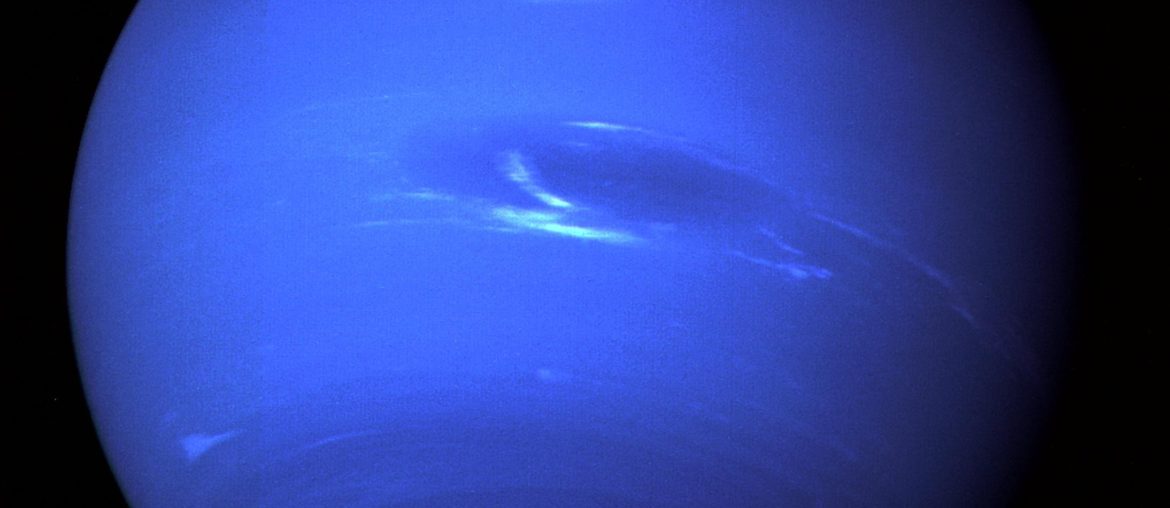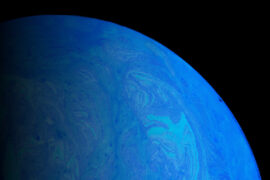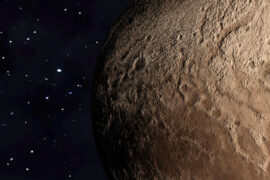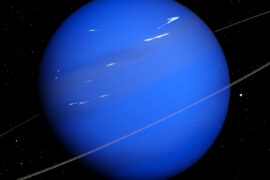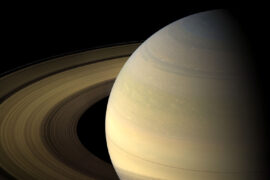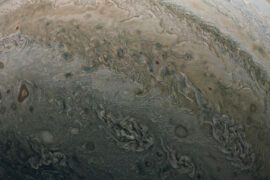Neptune is one of the most intriguing, colorful and beautiful planets in our Solar System. It is a big ball of deep blue shades orbiting the cold depths of space. After Pluto’s demotion from planet status in 2006, Neptune inherited the title of being the most distant planet in the Solar System. It is then understandable you might be wondering then if Neptune can be seen without the help of a telescope.
Short answer: No. Neptune is not really visible at night without the help of a telescope, however, depending on some conditions like its current location, light pollution and good weather, it can be seen using just moderately powerful binoculars.
In fact, the discovery of the planet was very curious as it wasn’t discovered by observing it.
In 1845, almost simultaneously, two scientists in England and France named John Couch Adams and Urbain Le Verrier predicted the existence of Neptune using only math. What they did was look at the surrounding objects and they noticed they were moving and orbiting in strange ways that didn’t fit the equations. In order for the movements of these objects to make sense, a big object the size of a planet would have to exist at a certain location and its gravity would be the cause.
Adams and Le Verrier ran the numbers and found the exact location where the planet should be. Then they sent the precise instructions to an observatory in Germany telling the astronomers on site where they should look exactly. It turns out they were right. Only one day later Neptune was found when they pointed a telescope to the given coordinates. Because they both did it a almost the same time, they are both given the credit for the discovery today.
It is possible Galileo might have observed Neptune in 1612. He made a note in his journals of an object in the location where the planet would have been located at the time, however he confused it with a star and catalogued it as such.
Depending on the planet’s locations Neptune is between 28 and 30 astronomical units away from Earth. One astronomical unit (1 au) is the average distance from Earth to the Sun. That means that at any point Neptune is about 2.7 billion miles away from us!.
Because of its distance and the fact that it is located beyond the asteroid belt, Neptune is classified as an outer planet. These planets (Jupiter, Saturn, Uranus and Neptune) are also called gas giants because due to their location when the Solar System was forming billions of years ago, they ended up being composed mostly of various gases.
The bright blue color of Neptune might look like water at a distance (its name actually comes from the Greek god of the sea), but in reality is thanks to its atmosphere made up mostly of hydrogen, helium and methane.
There are, however, trace amounts of water in Neptune’s atmosphere and scientists have theorized there might be a layer below its atmosphere with the right conditions of pressure and temperatures to form something that might resemble an ocean of liquid water.
What kind of telescope do I need to see Neptune then?
Well, that depends on how much of it you want to see. Due to its distance from Earth, Neptune can be hard to see in detail.
As we mentioned above, a good pair of binoculars can be good enough to pinpoint its location on clear skies, however, it is possible all you will see is a bright blue dot that is hard to distinguish from a star. An easy rule of thumb to tell apart a planet from a start is to try to find a twinkle. Planets do not twinkle because they do not emit their own light.
This would be a good moment to note even professional and scientific-grade telescope have trouble getting much details out of Neptune. Even the Hubble telescope with its size and no atmosphere interfering in its way barely manages to get a few distinguishable colors and details out of it so don’t feel disappointed if an amateur-level telescope doesn’t capture much of it. The right side of the image below shows a photo of Neptune taken by the Hubble. The other one is Uranus.

The best photo we have of Neptune (shown below) had to be taken up close by the Voyager 2 when it made a pass by the planet and its moon, Triton in 1989.
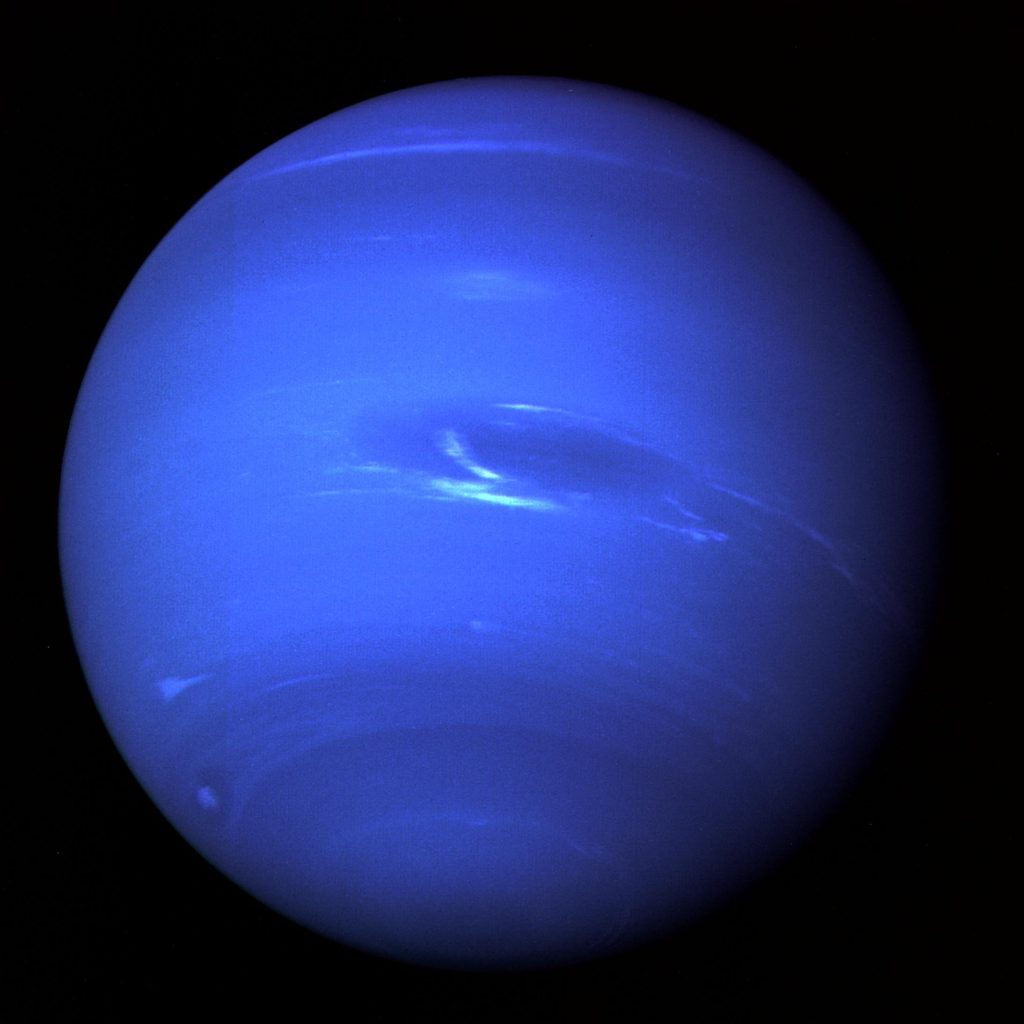
If you are still set on observing Neptune by yourself with reasonable levels of detail and maybe even be able to distinguish its disk, you will need at least a 110mm aperture telescope and a 100x magnification lens.
Planning to make sure Neptune and Earth are at close points in their respective orbits to each other and finding a place with low light pollution will also be important.

